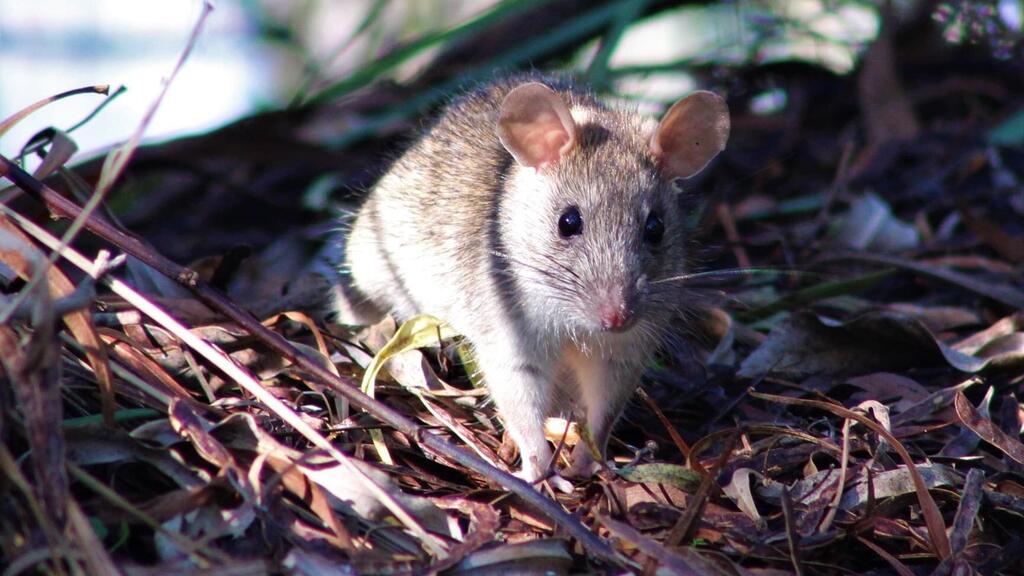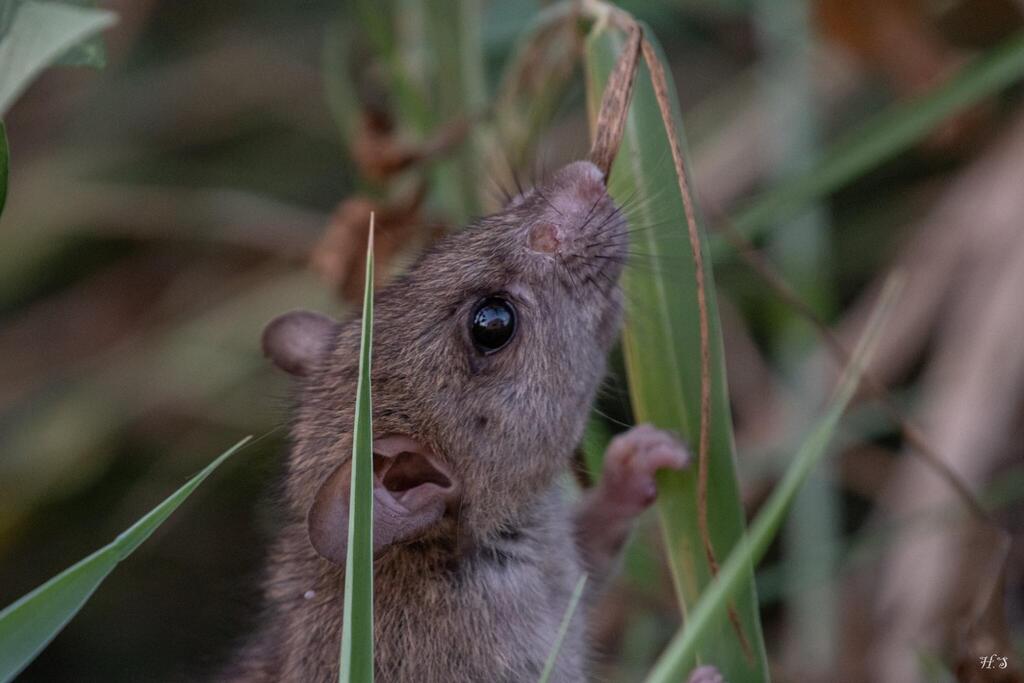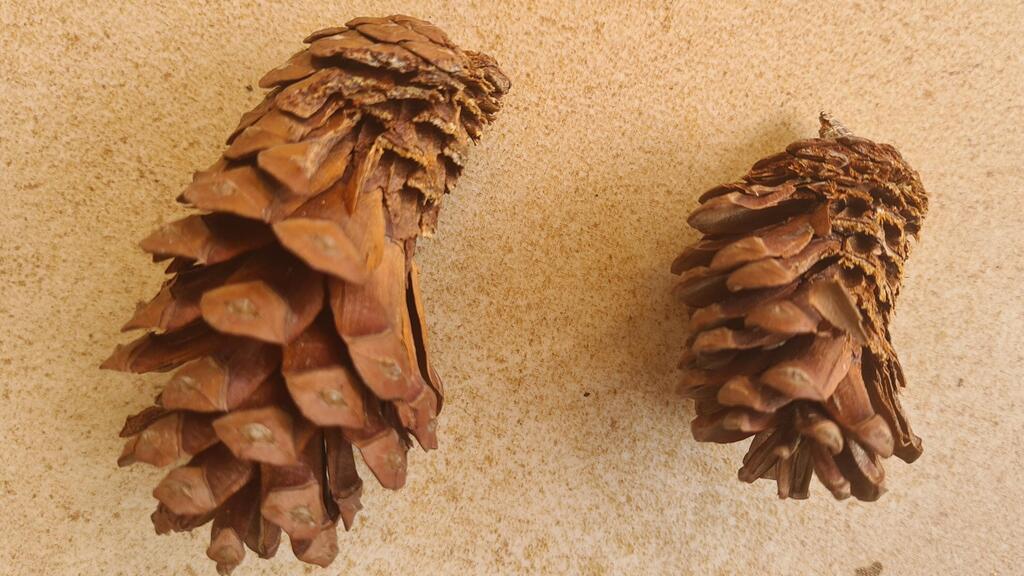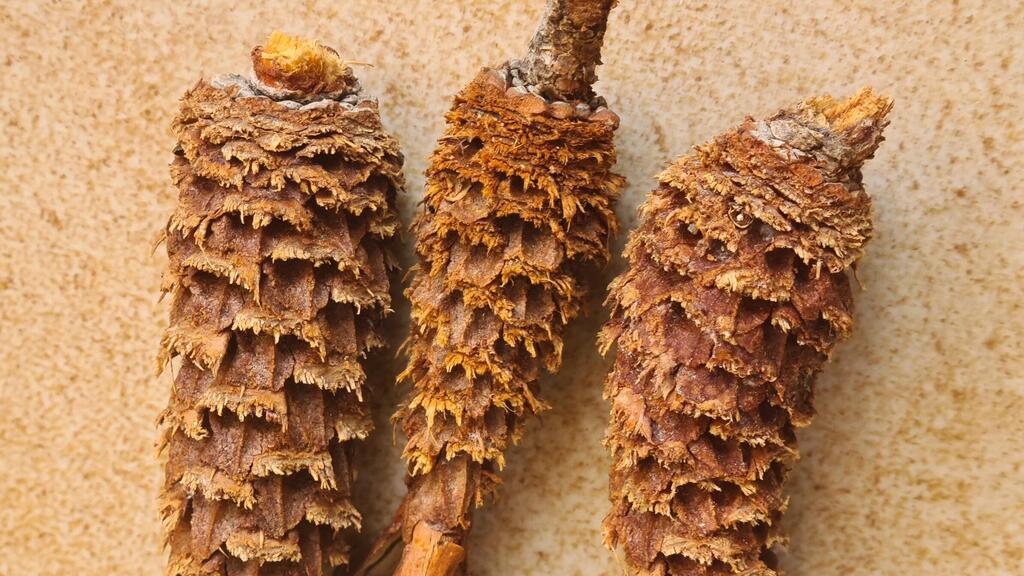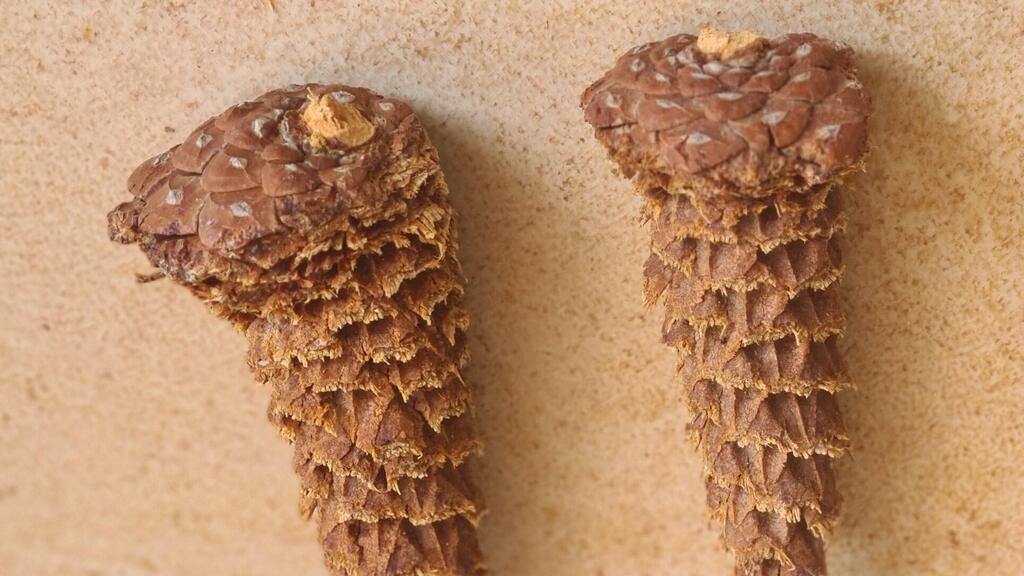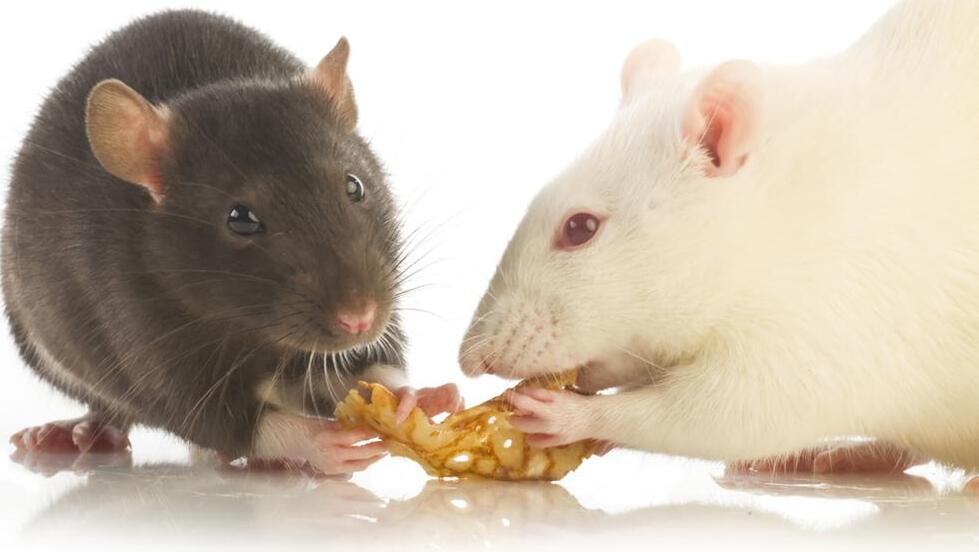Getting your Trinity Audio player ready...
A unique and first-of-its-kind phenomenon has recently been observed in Israel’s woodlands: local rat populations have learned to crack and eat conifer cones.
Israeli researchers from the Citizen Science project at Tel Aviv University and the Society for the Protection of Nature are now seeking to understand the unique behavior.
The cultivation of pine forests by the KKL-JNF and the absence of competitive herbivores such as squirrels have led Israeli rats to resort to eating conifer cones. So how can you help science understand what stands behind the phenomenon?
Researchers found that thanks to the growth of pine forests by the KKL-JNF, the rats flourished and took advantage of the new ecological environment created by human action.
The process was discovered in the 1970s by researcher Ran Eisner and was studied in the 1990s by Prof. Yossi Terkel at the School of Zoology at Tel Aviv University.
Now, Dr. Noa Truskanov is seeking to enlist the Israeli public in order to gain a deeper understanding of the behavior of Israeli rats, with the help of the Steinhardt Museum of Natural History's Citizen Science Center, which is taking part in the project.
Researchers believe that the rats learned to break the conifer cone in order to reach the nuts inside, and taught this to their offspring through social learning.
Dr. Truskanov explained that "the transmission of culture and tradition is well known among humans, and in recent decades we’ve discovered more and more evidence that this exists in other species as well. However, the tradition of acorn consumption among rats is unique in that it is one of the only examples of this outside of the human world."
Dr. Truskanov, who researches animal behavior, cognition, and social learning, found the behavior of the rats fascinating. "This tradition in rats presents an opportunity to ask questions and touch topics that are difficult to study in other contexts," she said.
"In rats, everything happens faster. Even today, despite many years passing since the first research was conducted in the 1990s, we don't have many examples of situations where social learning helped an animal to enter or establish itself well in a new habitat."
According to the researchers, there are ways in which rats eat the cones, which differ in their effectiveness.
The researchers even gave names to the three different methods: The "shaver,” in which the rats scrape the cone lengthwise, is a relatively "wasteful" method, because the rats need to clean each seed scale separately to disconnect it from those surrounding it and reach the nut.
There is the "classic" method, which is a more advanced and likely more common way of breaking the scales, in which the rat takes advantage of the spiral structure of the cone, and peels the wood scales so that the removal of one scale will expose the nut within and make breaking off the next scale easier.
The final way is called "the skip" - a more advanced form of the “classic” way, except that here the rat skips over the first four rows at the edge of the conifer cone. These are the hardest rows to open and also don’t contain nuts. The rat’s skipping over these rows is likely an additional and advanced step in the rat’s abilities.
So how can you help with the research? All you have to do is take pictures of eaten conifer cones and submit them through a short form or on the KKL-JNF website.
"Using the images and locations we receive, we could better understand the possible consequences of these learned behaviors in wild rats, as well as the processes that help animals achieve and expand new abilities," explained Dr. Nirit Levy-Alon, KKL-JNF’s Citizen Science coordinator.
"Researchers will use the collected information, and inspect the trees on reports that will arrive – that’s why the location and pictures are so important - while trying to understand the mechanisms of social learning and the ways in which rats pass on their social traditions.”
As mentioned, the behavior was unique to Israeli rats. However, it has recently been reported that researchers in Cyprus have also encountered similar behavior. "It may exist in other countries as well," says Dr. Truskanov.
"In Israel, the circumstances made this behavior useful. We had a drive of massive pine wood plantations. In addition, we don't have any squirrels, but we do have some types of birds that also feed off of conifer cones.”
Part of the research goal is to understand the rat’s tradition of eating the cones, and to what extent in has proliferated. "Our ability as researchers to understand the scope of the phenomenon is somewhat limited. Therefore, we turn to citizen science. In Terkel’s lab, they showed that pups learn from their mother,” she explains.
“But information can be transmitted not only from mothers to pups. Maybe pups can learn from other pups, or rats of the same age? We want to expand our knowledge about the dynamics of transferring information."
Mole rats are a species that accompany humans and have the ability to adapt to a wide range of environments. We think we know rats, especially because they serve as research animals in laboratories, but our knowledge of wild rats is relatively limited,” Truskanov said.
"Their behavior isn’t really studied," Dr. Truskanov explained. "Much of what we know is based on observations, and we want to expand our knowledge."


